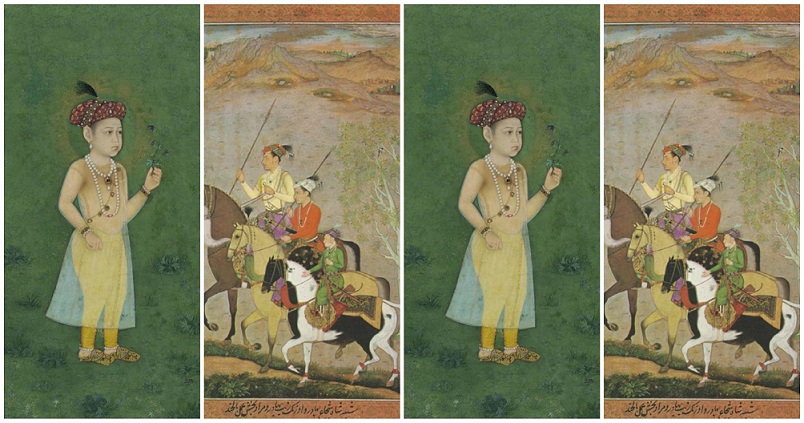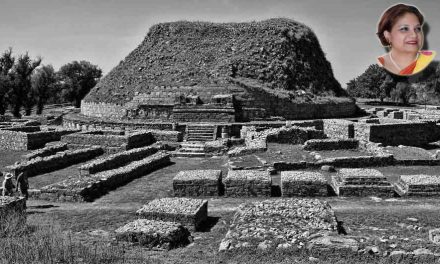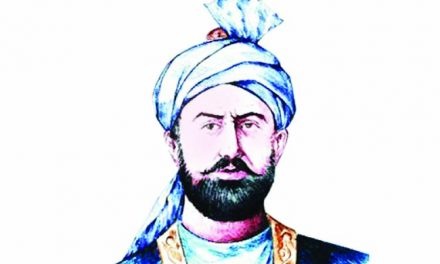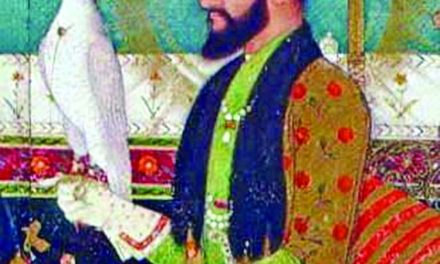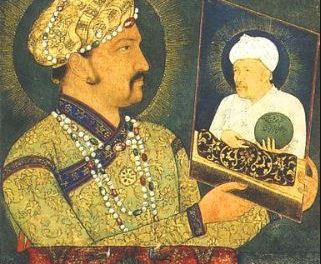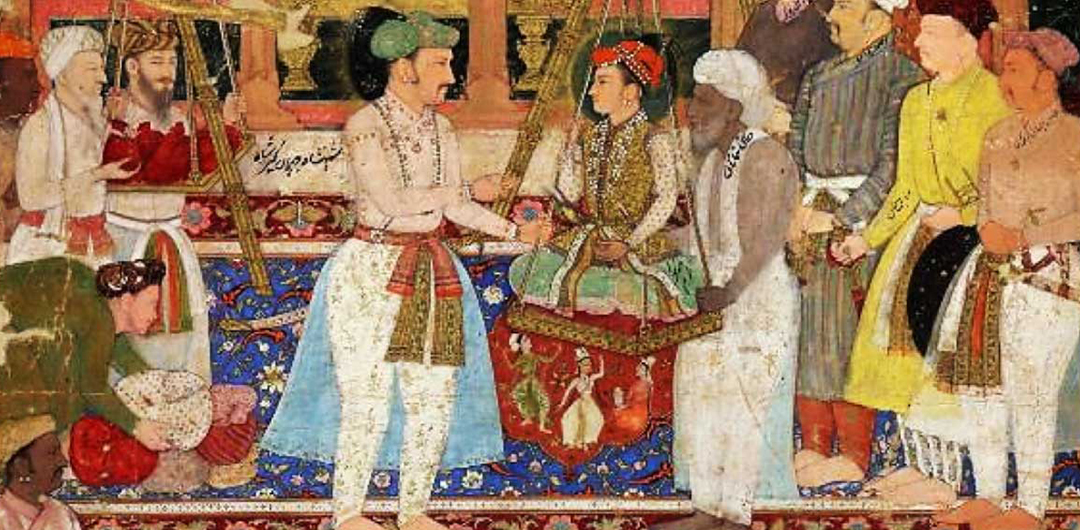
Dhaka, a city bursting with history and so rich in culture that most of it go unnoticed over the hustle-bustle of the now thriving metropolis. History will speak for itself when Dhaka is recalled when talking about the colorful and entertaining tales, but tragic ones are not non-existent. The history of this ever-important city can be traced back to the times of the Buddhist Kingdom of Kamarupa back in the 7th century CE. Over the passage of time as power changed hands, the importance of Dhaka never faltered. Every leader ever to rule Dhaka shared one passion and that was to develop the city in every way possible and set in stone their contributions to the city, forever to last. Today, the roads we walk on and the grand monuments that we adore as crown jewels of our city speaks of their passion and dedication to Dhaka for which we fail to pay them enough respects. Therefore, it must only be right that we express our gratitude to a man who played a great role in advancing Dhaka and his works can still be visualised towering proudly in Dhaka and other divisions of Bangladesh.

Shah Shuja; Image source: Wikimedia
Sultan Muhammed Shuja Bahadur, more commonly known as Shah Shuja, was the second son of Emperor Shah Jahan and Empress Mumtaz Mahal. From the beginning, the eldest of all the sons, Dara Shikoh, was the hot favourite and much-pampered child of the Emperor although he adored all his sons. Despite Dara being the favourite son, Shuja was not too far behind. Shuja was not only the apple of his father’s eyes but of the 4th Mughal Emperor Jahangir’s too. Jahangir was very affectionate and fond of Shuja and commissioned a portrait of him, with jewel-encrusted, framed portrait by the famed artist Manohar. When Shuja fell ill once, Jahangir vowed he would give up hunting, an activity he fondly enjoyed, if he recovered.
The brothers used to have frequent quarrels in court and anticipating from this that the siblings would fall out among themselves in the near future, Shah Jahan decided to appoint each of them to governing different parts of the empire. Aurangzeb was dispatched to Deccan, Muradbaksh to Gujarat and kept Dara with himself in Delhi. Shah Shuja was assigned as the Subahdar of Bengal, Bihar and later on Orissa and Shah Jahan directed the prince to proceed forth with Bengal.
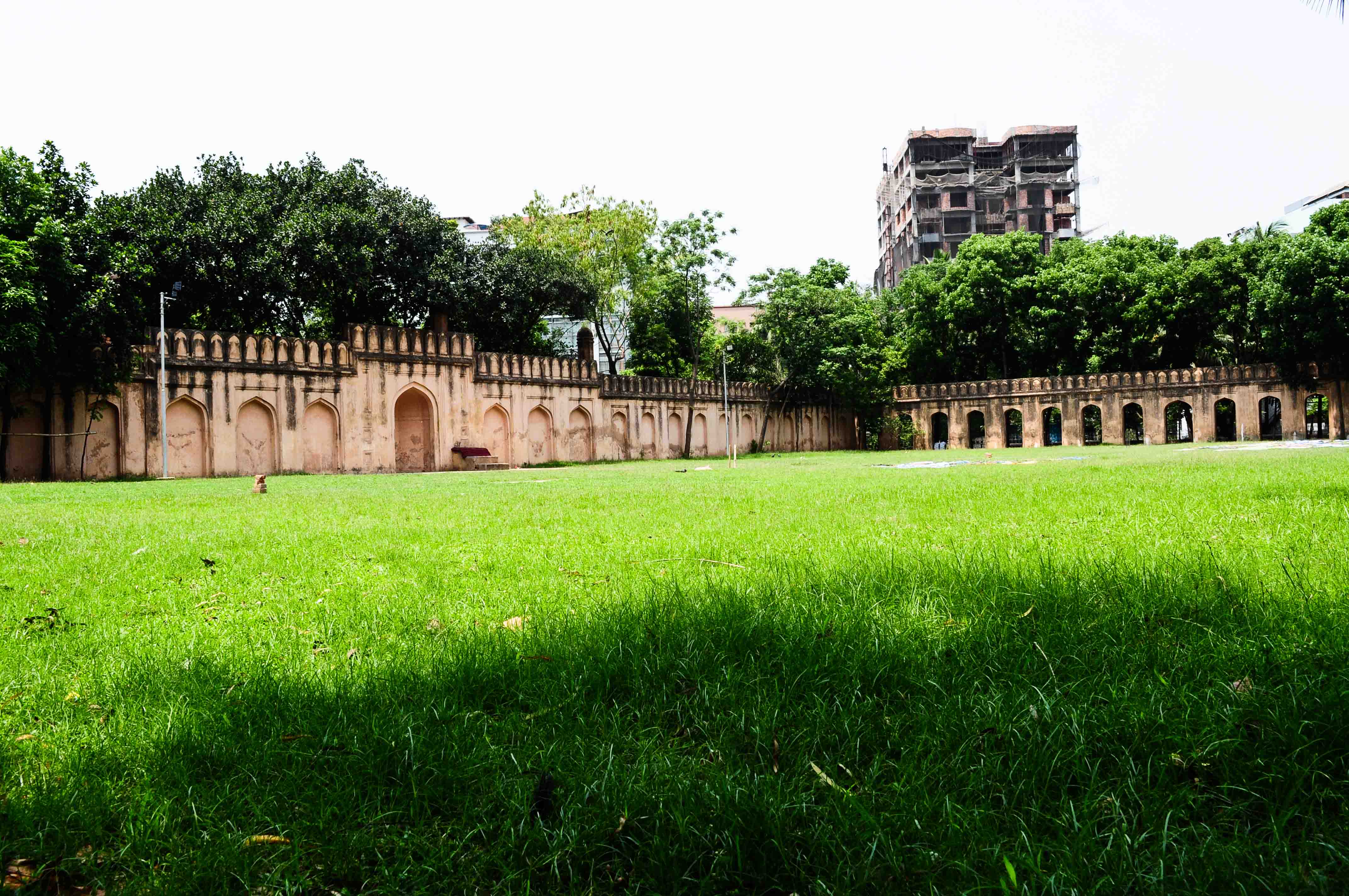
Dhanmondi Eidgah; Image source: Wikimedia
Throughout Shuja’s rule the whole of Bengal enjoyed uninterrupted peace and prosperity. Despite Shuja having transferred the capital from Dhaka to Rajmahal due to the blazing heat, Dhaka remained the centre of his administrative activities and extensive development works. Shuja was a great builder and among his many notable works are the Bara Katra which he built as the official residence, the Shahi Eidgah in Dhanmondi, the Hussaini Dalan Imambargah situated in present day Old Dhaka, a mosque he built in Cumilla to commemorate his victory against the then Raja which now bears his name, Shah Shuja Mosque. The Churihatta Mosque also was constructed under Shuja’s viceroyalty. Bengal saw a rapid rate of development under Shuja’s leadership.

Bara Katra; Image source: Wikimedia
But peace was utterly disrupted and all hell broke loose when in 1657 Shah Jahan fell ill and rumours had spread that he was dead. The struggle for the throne started between the Emperor’s four sons and it would end up being the survival of the fittest.
Shuja learnt of the plot of Dara Shikoh to usurp the throne of the vast empire therefore he crowned himself king at Rajmahal immediately and took imperial titles. He then gathered up his forces and marched towards Delhi to fight Dara Shikoh. Having got scent of Shuja’s intentions, Dara Shikoh immediately dispatched his eldest son, Suleiman Shikoh, to fight Shuja’s army. Both the armies came to grips at Bahadurpur, and in a bloody fight, Shuja and his army suffered a massive blow and were defeated. Suleiman Shikoh was called back to face another menace from a different location, Shah Shuja being the least of Dara’s concerns as Aurangzeb and Muradbaksh had formed an alliance and were attacking with their com army.
In this fierce contest, Dara Shikoh was utterly defeated, he retreated and returned with a more powerful army to make a final bid but was completely swamped in this decisive battle. Dara Shikoh safely escaped but was later on captured, executed and the fort of Agra surrendered to Aurangzeb. In order to set in stone his name as the Emperor, Aurangzeb did not want to leave any loose ends or any possibility of a revolt, therefore he executed his younger brother Muradbaksh too.

Hussaini Dalan; Image source: Wikimedia
Bengal was a very rich and resourceful state, Aunrangzeb realised that and wanted it under his belt too. After dispatching every possible foe of his to the eternity, Aurangzeb got himself ready to meet the challenge of Shah Shuja, the only real threat left to his throne and barrier left standing between him and Bengal. He amassed a huge army, the two hostile armies fought ferociously, a grim life-or-death battle commenced resulting in the terrible defeat of Shah Shuja’s army.
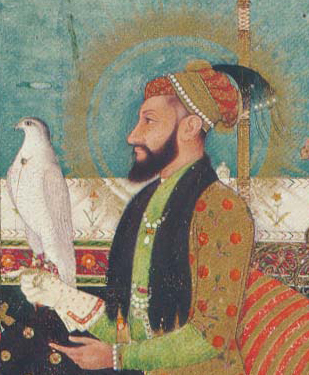
Muhi-ud-din Muhammad Aurangzeb Alamgir; Image source: Wikimedia
Shuja, being badly beaten, retreated towards Rajmahal with the remnant of his battered troops. Aurangzeb sensing Shuja’s intentions, quickly set in his pursuit his son, Muhammad Sultan, and his general, Mir Jumla. During that time a very interesting event took place. Muhammad Sultan was already disappointed on being second in command, Mir Jumla being the supreme commander of the imperial army. Before the bitter enmity between the two brothers, Shuja and Aurangzeb mutually agreed to give in wedlock one’s daughter to the other’s son. But before the marriage could be consummated, bickerings started between the two princes. At that time the camp of Prince Muhammed was on Dogachi on the river bank, at some distance from the camp of Mir Jumla. The prince, perhaps compelled by some old memories, crossed over to Shuja’s camp with a few trusted followers in order to make his formal union with his fiancée. Shuja welcomed the prince with open arms. The truth may perhaps never be known but it was said that Prince Muhammed succumbed to his love for Gulrukh Bano and joint hands with Shah Shuja but others say that this was all along the plan of Aurangzeb, for Prince Muhammed to defect. Mir Jumla upon hearing this distressful news reported it to Aurangzeb who became agitated over the matter. After a great deal of threats, persuasions and allurements by Mir Jumla, Prince Muhammed returned to the imperial camp from where he and his new spouse were at once sent back to Delhi under strong guards. Sensing his position unstable at Rajmahal, Shuja hurriedly evacuated the place.
A tug of war continued between Shah Shuja and Mir Jumla for sometime more until Shuja finding himself in a tight corner, fled towards Dhaka with his harem, dependants and heaps upon heaps of treasure only to find all avenues closed on him. Therefore, in 1660, Shuja as a last resort, hurriedly proceeded towards Arakaan, where the rajah had gave his commitment to Shuja to provide asylum.. He advanced from Dhaka towards Daudkandi and took the sea route to Chattogram. The road he passed through is still to this date known as the Shah Shuja Road in Chattogram. The Rajah of Sripur helped him in every way to pass through without any trouble, so did the Mughal governor of Chittagong. On crossing the Naf river, Shuja was warmly received with open hands by the Arakaan rajah.
We are finally at the point where details start getting sketchy and it is, however, difficult to find any tales with much basis in substance. What actually happened to a Shah Shuja? It is now widely believed, among other versions, that the Arakaan rajah slaughtered Shuja and everyone with him but no one knows the exact reason for this gruesome step. It is said that upon finding out that Shuja was planning a coup to gain supremacy in Arakaan the rajah became infuriated and murdered him. On the other hand some say that seeing the riches and jewelleries Shuja was carrying with him, the Arakaan rajah became very greedy and slaughtered Shuja and his entourage in order to usurp the treasure. Another version is that the Arakaan rajah demanded one of the daughters of Shuja. On Shuna’s refusal, his palace on the river bank was surrounded and set on fire. Shuja, after valiantly defending himself, perished. His daughters stabbed themselves to death. His wife, Peari Begum, and his four daughters were with him at this time. But the mystery which still remains unsolved is why he went to Arakaan in the first place because it was known that Shuja intended to go to Makkah in order to perform Hajj. Some people even reported seeing Shuja in Makkah. Some people say that Shuja never reached Arakaan but was all along hiding somewhere in present day Chattogram as he had difficulty crossing the borders because of Mughal soldiers and died there. Sources have also recently come up with proof that Shah Shuja died in Pakistan and his grave is there. What became the end of the most unfortunate Mughal prince? Being food for thought, what became of Shah Shuja’s treasure? Are his off-springs in our midst unknowing themselves? A man who did a lot for Bengal as a whole, the least we could do is give him his due respect and recognition.

